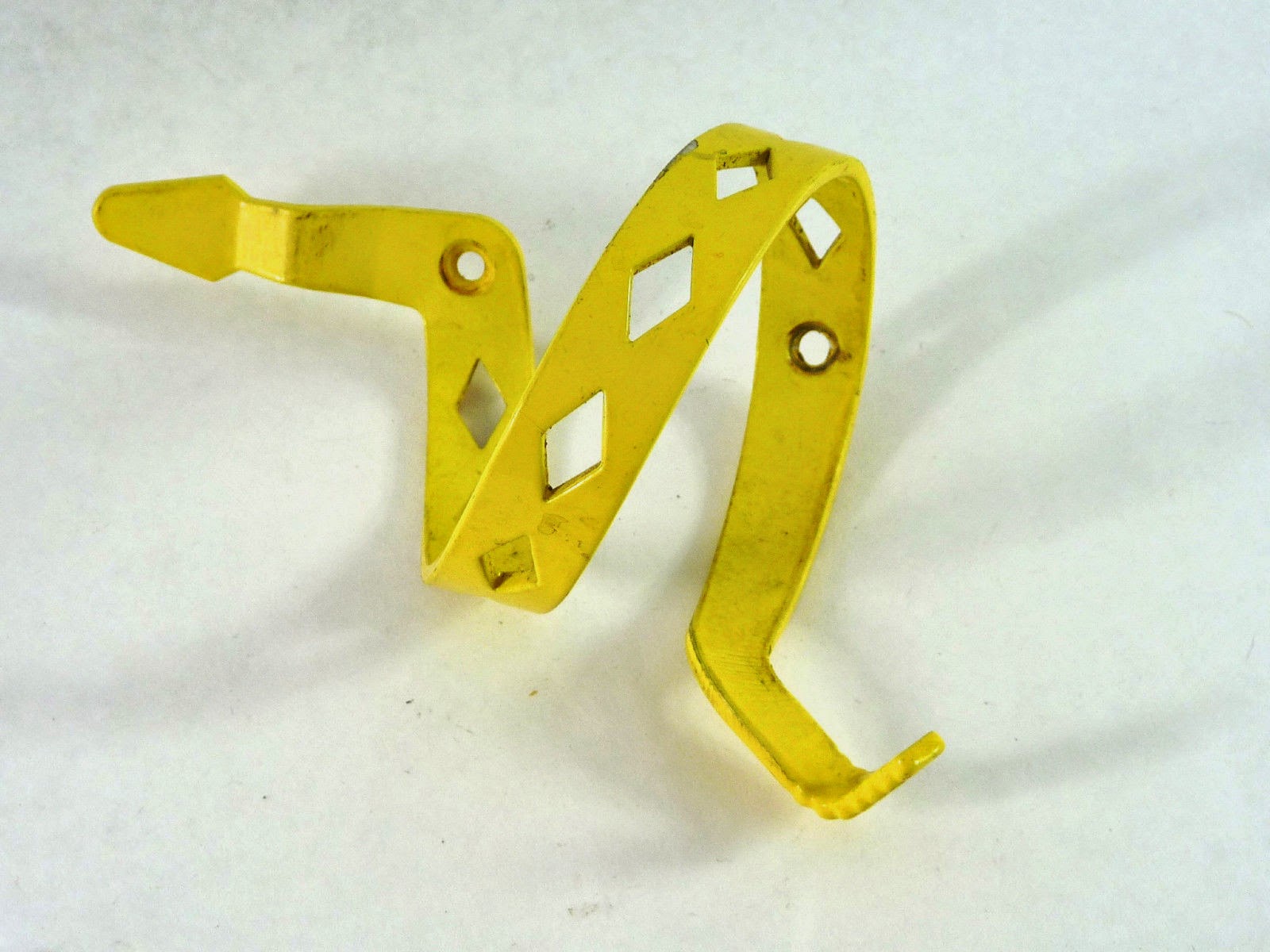We've all heard expressions like "Highway to Hell" and "The road to Hell is paved with good intentions".
I couldn't help but to think about them as I rode through Randall's Island yesterday. A bike lane recently opened, connecting the Fire Academy with the Bronx spur of the RFK/Triborough Bridge--and the foot/bike bridge that seems to have been under construction since a time before Randall's Island or the Bronx even existed!
The bike lane has one of my favorite names:
"Hell Gate Pathway?" Can you beat it? I mean, haven't you always wanted to ride my bike to the Gate of Hell?
Actually, I have ridden to the Gates of Hell--during at least two of my trips to Paris. Of course, you can't wheel your velocipede right up to Rodin's masterpiece. But you can ride to the museum and walk up to his gates.
I'm dying (pun intended) to do that again, soon. But for now, the path I rode yesterday and my imagination will have to keep me content.
I couldn't help but to think about them as I rode through Randall's Island yesterday. A bike lane recently opened, connecting the Fire Academy with the Bronx spur of the RFK/Triborough Bridge--and the foot/bike bridge that seems to have been under construction since a time before Randall's Island or the Bronx even existed!
The bike lane has one of my favorite names:
"Hell Gate Pathway?" Can you beat it? I mean, haven't you always wanted to ride my bike to the Gate of Hell?
Actually, I have ridden to the Gates of Hell--during at least two of my trips to Paris. Of course, you can't wheel your velocipede right up to Rodin's masterpiece. But you can ride to the museum and walk up to his gates.
I'm dying (pun intended) to do that again, soon. But for now, the path I rode yesterday and my imagination will have to keep me content.



